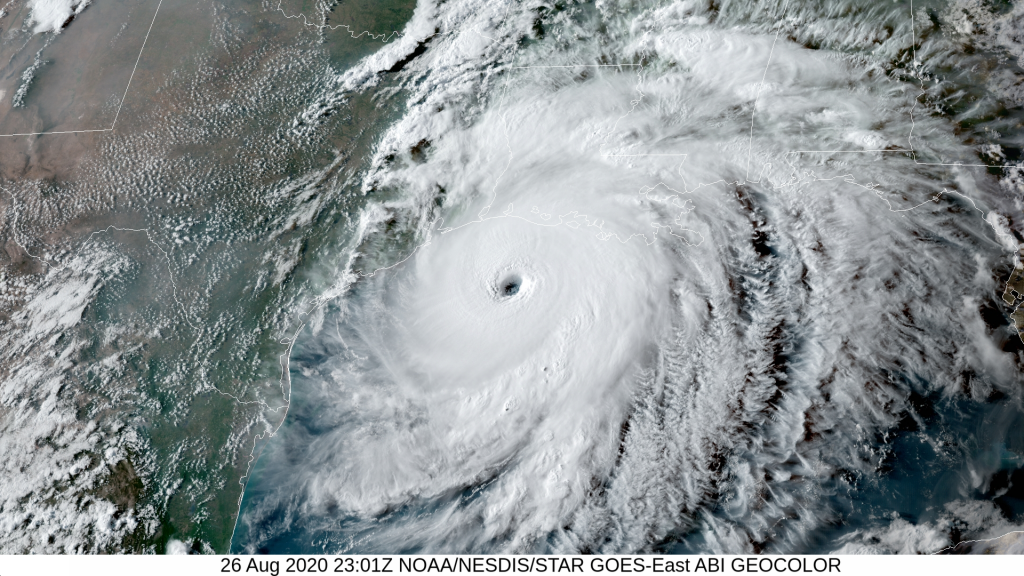The Atlantic hurricane season is underway as many coastal areas still recover from an endless barrage of storms last year that culminated in the most active hurricane season on record. With climate change, we can expect to see more intense hurricanes, leaving many communities at risk.
In fact, a new report indicates that as many as 32 million U.S. homes and $8.5 trillion in assets are vulnerable to hurricane damage.
Not surprisingly, a recent poll found 83% of national respondents support investments in pre-disaster mitigation for hurricanes and flooding. The federal government has a responsibility to help states, local governments and tribes build long-term resilience to these threats.
The Biden Administration can take bold climate action by developing and implementing a national coastal resilience plan to establish shared goals and guide investments for solutions that protect our nation’s coastal regions.
Here are four ways a national coastal resilience plan can protect coastal communities.
1. Direct resilience funding to states, tribes and local communities.
President Biden’s recent decision to allocate $1 billion in funding to the Federal Emergency Management Agency’s (FEMA) Building Resilient Infrastructure and Communities (BRIC) program is a bold climate action. The demand, however, far exceeds available funding, and there is a need to clarify how FEMA will distribute these funds.
Though each region has a unique set of needs, the current lack of national standards is unsustainable. Without disaster-resistant building codes, 65% of U.S. counties, cities and towns are at risk. Updated building codes have the potential to save up to $11 for every $1 invested. A national resilience plan could introduce construction standards for resilience and flood risk to promote consistency across coastal states.
2. Address disproportionate flood risk to increase equity and resilience for all communities.
Governments must prioritize investments in low-income communities and communities of color, given the disproportionate flood risk nationwide. The dedication of 40% of BRIC funding to “traditionally underserved areas” is a positive step for environmental justice, but federal leadership must go further.
Across the nation, the threat of climate gentrification looms, and disaster recovery funding exacerbates racial inequality. According to a 2018 study, white residents in recovering counties saw their wealth grow five times more than their counterparts in unaffected counties. Yet the wealth of Black residents shrank. There is an urgent need for a stronger federal strategy to combat these disparities.
Furthermore, the federal government must go beyond simply directing funding to traditionally underserved communities for climate adaptation by also creating space for these communities to lead the development of coastal resilience policies and guide investments for their local priorities.
3. Invest in natural infrastructure to build resilience and create jobs.
When introducing the American Jobs Plan, President Biden stated, “every dollar spent on rebuilding infrastructure will help prevent, reduce and withstand the impacts of the climate crisis.”
With seas rising by up to six feet by 2100, many communities across the country are at risk. Fortunately, the plan prioritizes nature-based infrastructure, such as wetlands and oyster reefs, to reduce the impact of storm surge and sea level rise. Natural infrastructure delivers additional benefits including improved water quality, wildlife habitat, eco-tourism opportunities as well as jobs and economic growth at the state and local levels.
A national resilience plan would solidify a commitment to natural solutions and establish clear, shared goals and benchmarks for measuring progress.
The 2021 hurricane season is off to a record-fast start. We need a national coastal resilience plan to protect our coastal communities. Click To Tweet4. Champion science and modeling to guide planning.
Science is essential to resilience planning. A national coastal resilience plan should include reliable, science-based climate impact data and risk assessments to inform solutions, investments and decision-making nationwide.
Policymakers and practitioners at every level of government must understand how flooding will impact their regions over time to decide where and how to invest resources to protect people and property.
The federal government can help by increasing access to flood data and providing resources that help local governments and residents better understand current and future flood risk. This includes updating flood maps and climate models, making data easily accessible online, investing in resilience toolkits and supporting on-the-ground research.
As sea levels continue to rise and extreme weather intensifies, strong federal leadership for coastal resilience is imperative. For decades the federal government has invested heavily in risk recovery. With the introduction of a national coastal resilience plan, the Biden administration has an opportunity to embrace resilience by setting national standards, promoting science-based solutions and strengthening federal commitments to environmental justice and natural infrastructure.
